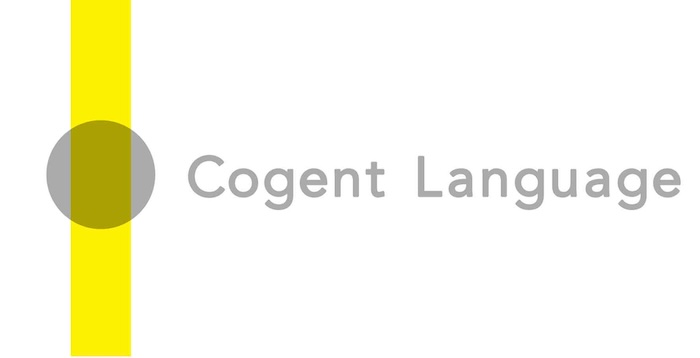Useful 7′ overview of role stucture of project teams, especially “traditional” teams, i.e. those developing products via a plan-driven approach. Lots of well-organized information here (though the emphasis seems to be on getting certifed rather than gaining real-world know-how)
Category: *Waterfall
This perspective on project know-how is also known today as “plan-driven”, “linear”, or “sequential”.
This perspective is deeply informed by the Systems and Kaizen perspectives on project work. However, it chas ontinued to integrate these and to develop self-consciously, as a distinct community of practice, starting in the third quarter of the 20th century.
Its identify, principles and practices were strongly and continuously informed by the Project Management Institute (PMI) and its Guide to the Project Management Body of Knowledge (PMBOK® Guide), as well as other professional associations, including Prince2, through the frst decade of the 21st century. Since then, PMI’s views have been strongly informed by the agile perspective as well.
“5 Best Project Scheduling Software”
Planning and executing complex plan-driven projects in the real world became far easier in the early 1990’s. What happened then to make it so were two things: PMI’s PMBOK® Guide and Microsoft’s MS Project. MS Project was the first major project scheduling platform. Its programming – based on project management constructs including “task list” and […]
“WBS Creation – 10 Golden Rules – Work Breakdown Structure”
Hands-on, useful guidance on creating WBS … in less than 6′!
“SMART Goals – Quick Overview”
Excellent 3′ presentation – helps to understand related ideas as well, e.g. prioritization, alignment, metrics/performance measures, and the choice thereof.
“Integrated Change Control”
Concise explanation of the sequence of steps in integrated change control, with some useful advice after the sequence. All in less than 2′.
“Risk Breakdown Structure”
10.5′ slide-based explanation. Useful identification of risk-breakdown structure levels and types.
“What is a Project Baseline and When to Use It!”
Good, short (<3′) overview of project baselines via a single whiteboard. Topics are essential definitions (no case example or attention to quantitative aspects, i.e. metrics)
“6.2 Define Activities”
This is a 13′ explanation of the project task list. It emphasizes the creation of the list, based mainly on a model of project scope in the form of a work breakdown structure (WBS). It assumes the PMI perspective and so uses the PMI terms for “task list”, namely “activity list” or “schedule activity list.” […]
“What Goes Into a Project Plan?”
Concise 3.5′ overview of the contents of a project management plan. Provides a useful visual map, useful in part because it does not rely simply on PMBOK® Guide or Prince2 documentation.
“RACI Matrix or Responsibility Assignment Matrix”
Nice 6′ explanation of the responsibility assignment matrix (RAM) construct, with a focus on a very popular configuration of RAM, namely “RACI” – “responsible, accountable, consulted, and informed”. Includes a useful discussion of the general management context of use and a clear example, showing how the RAM can clarify responsibilities in a family of four.
